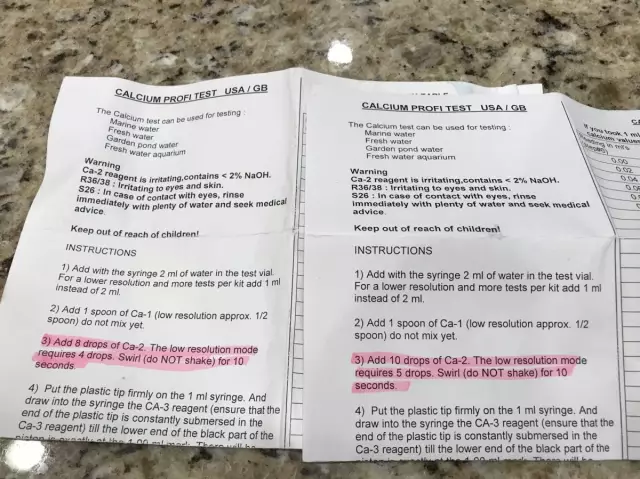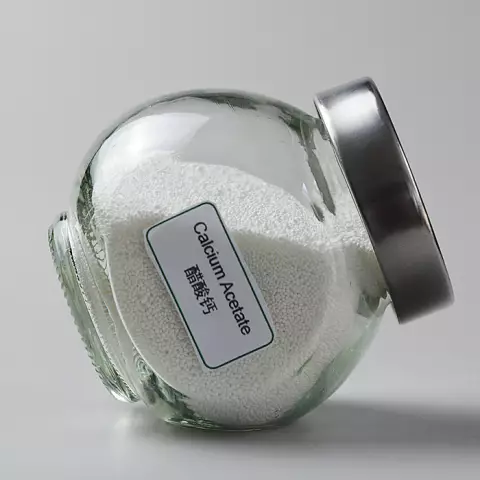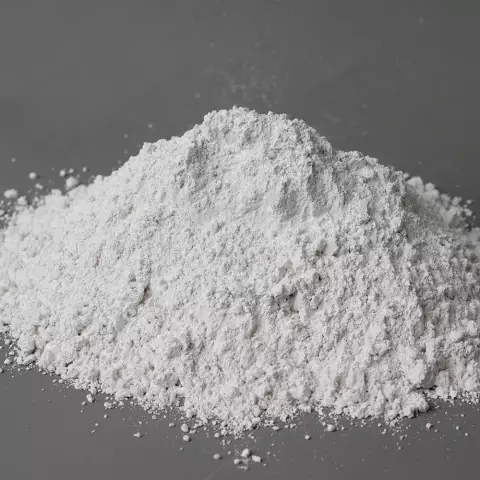- Author Rachel Wainwright [email protected].
- Public 2023-12-15 07:39.
- Last modified 2025-11-02 20:14.
Glycerophosphate
Instructions for use:
- 1. Pharmacological action
- 2. Release form
- 3. Indications for use
- 4. Instructions for use
- 5. Side effects
- 6. Contraindications

Glycerophosphate is a drug that affects tissue metabolism, a mineral supplement.
pharmachologic effect
Glycerophosphate acts as a regulator of calcium and phosphorus metabolism, influences metabolic processes, has a tonic, restorative effect, replenishes calcium deficiency, and enhances protein production in the body.
The active ingredient of the drug is calcium glycerophosphate.
Calcium ions are involved in the transmission of nerve impulses, blood clotting, myocardial function, and contraction of smooth striated muscles. Calcium is important for maintaining electrolyte balance and bone formation.
Release form
Glycerophosphate is produced in the form of a powder (odorless, white crystalline), soluble in water and tablets.
Indications for use
Glycerophosphate is used as an increase in the activity of the body and a general tonic for rickets, dystrophy, and malnutrition.
There are good reviews about calcium glycerophosphate, used for nervous exhaustion and overwork.
Instructions for the use of Glycerophosphate

Calcium glycerophosphate is prescribed to be taken orally: children are given 0.05-0.2 g. at a time, adults are prescribed 0.2-0.5 g.
According to the instructions of Glycerophosphate, the drug is taken two or three r / day.
Often the drug is prescribed concurrently with iron preparations.
The course of treatment lasts 2-4 weeks. If necessary, it can be repeated.
Side effects
Reviews of calcium glycerophosphate are mostly positive, only allergic manifestations, constipation, mild nausea, abdominal pain, diarrhea are possible.
Contraindications
As indicated in the instructions of Glycerophosphate, it cannot be prescribed for hypersensitivity, hypercalcemia (for example, with bone metastases, sarcoidosis), thrombosis, thrombophlebitis, severe atherosclerosis, severe renal insufficiency, increased blood clotting, during therapy with cardiac glycosides. Do not give the drug to children under two years of age.
In case of an overdose of Glycerophosphate, hypercalcemia, diarrhea, constipation, nausea, and epigastric pain may occur. To eliminate symptoms, it is necessary to stop taking Glycerophosphate and administer intravenous calcitonin as an antidote.
When using Glycerophosphate, it should be borne in mind that its absorption from the intestine can be reduced due to the consumption of rhubarb, cereals, spinach, bran.
Glycerophosphate can be taken during pregnancy, while breastfeeding. The only thing to remember is that calcium is excreted in milk, so if a child is already taking calcium or vitamin D3, a nursing woman should not take glycerophosphate.
Information about the drug is generalized, provided for informational purposes only and does not replace the official instructions. Self-medication is hazardous to health!






